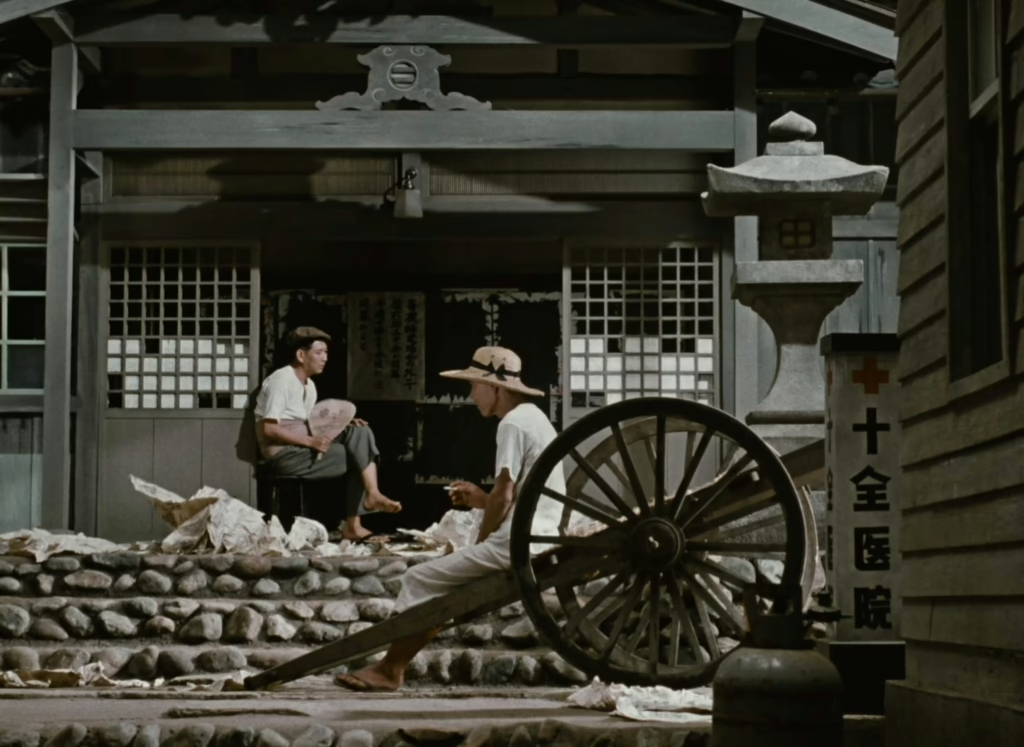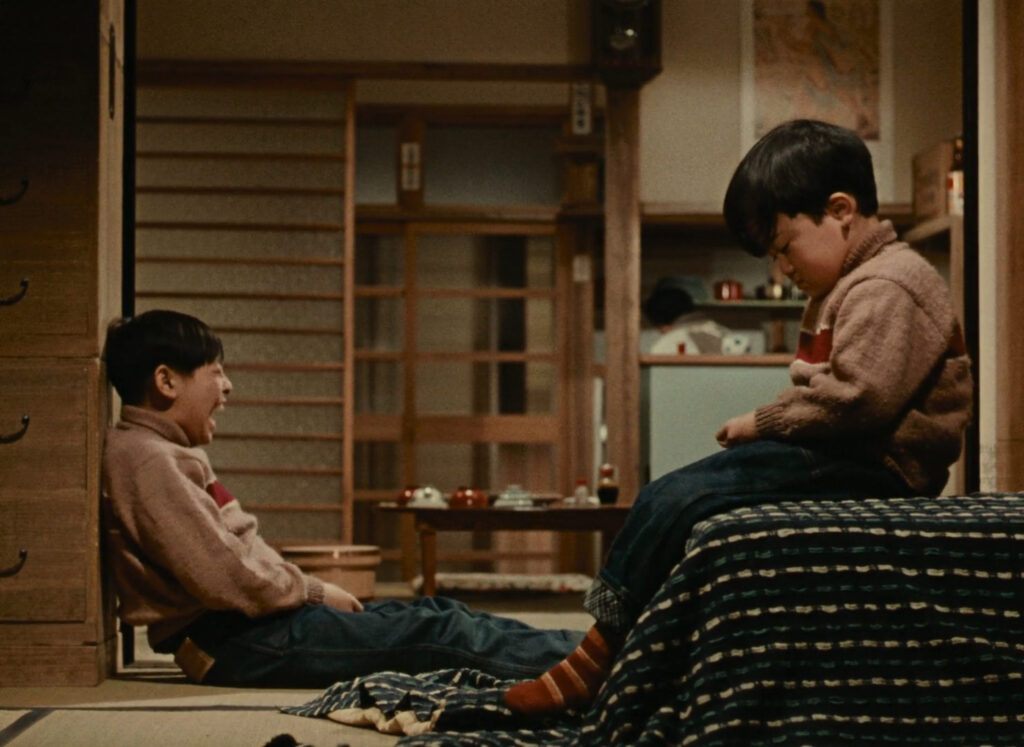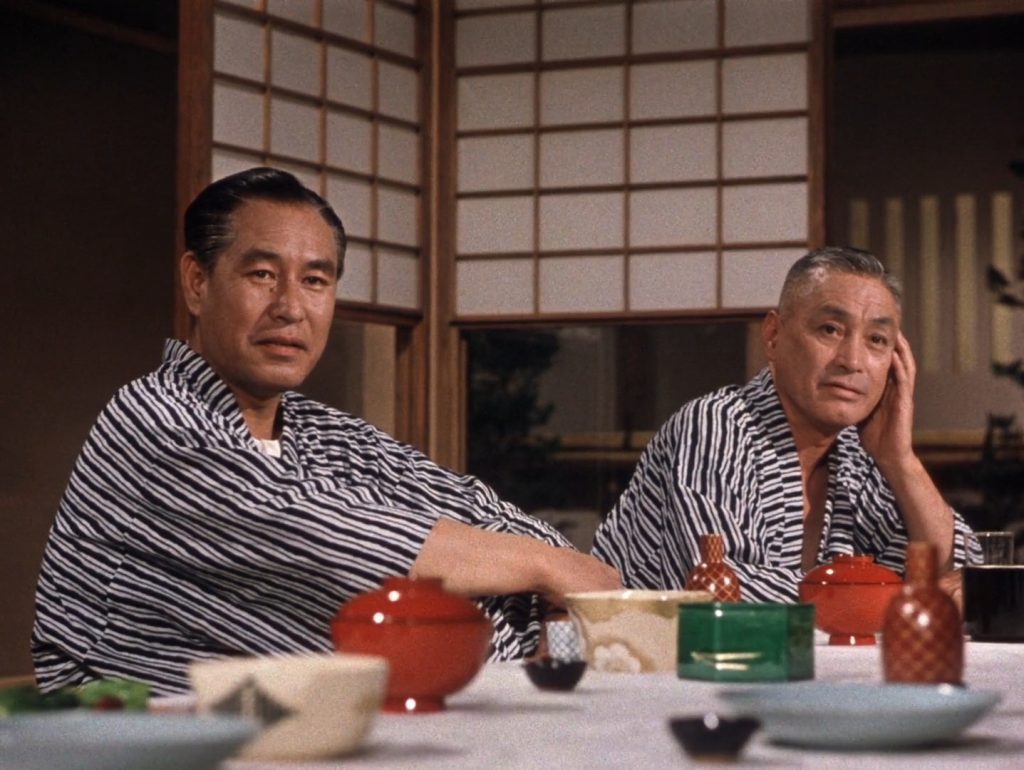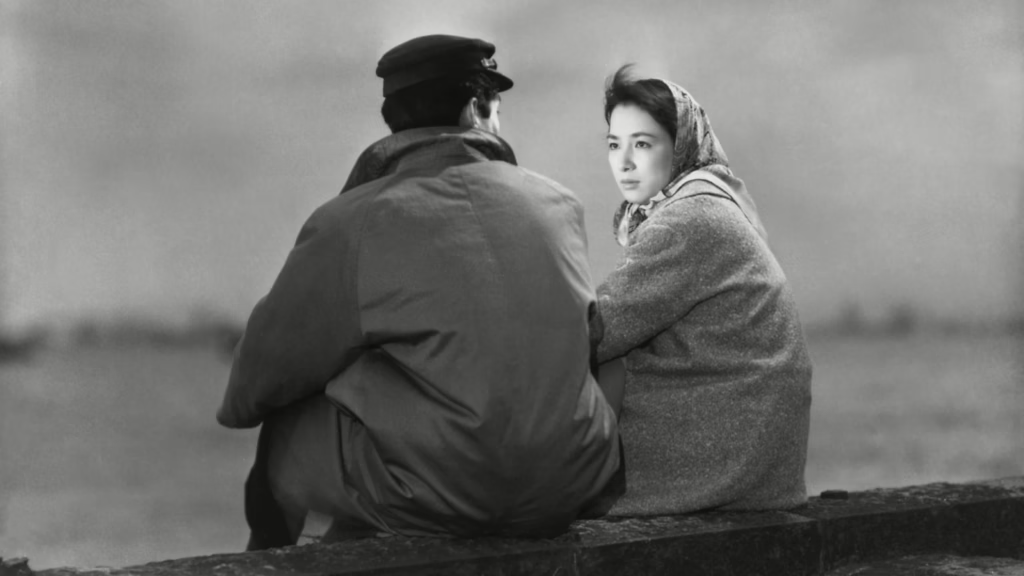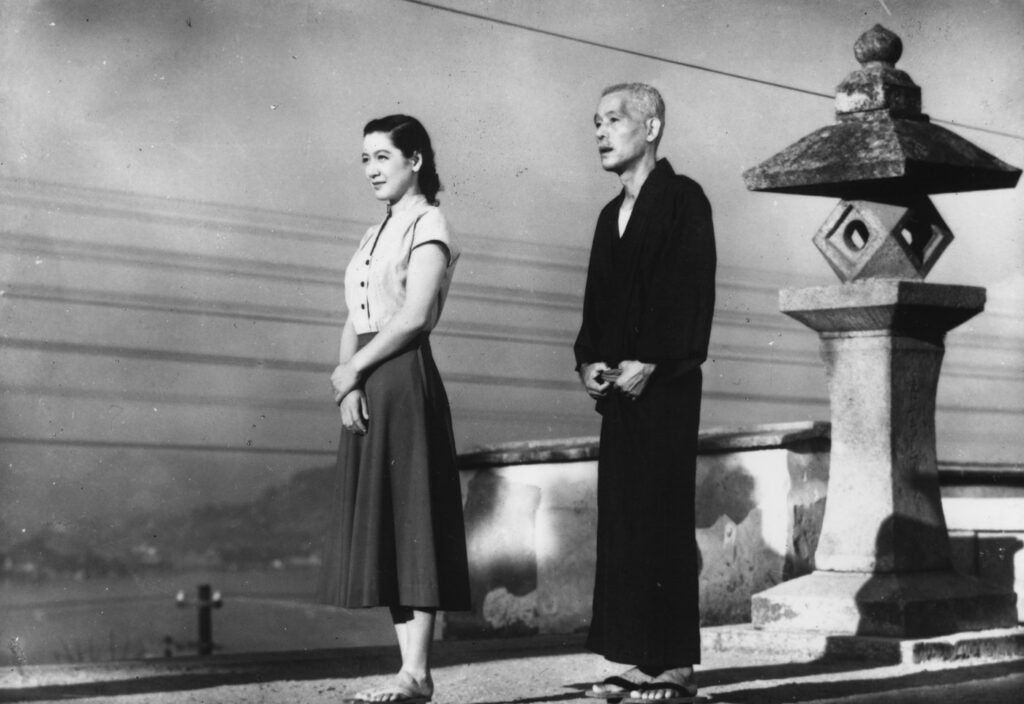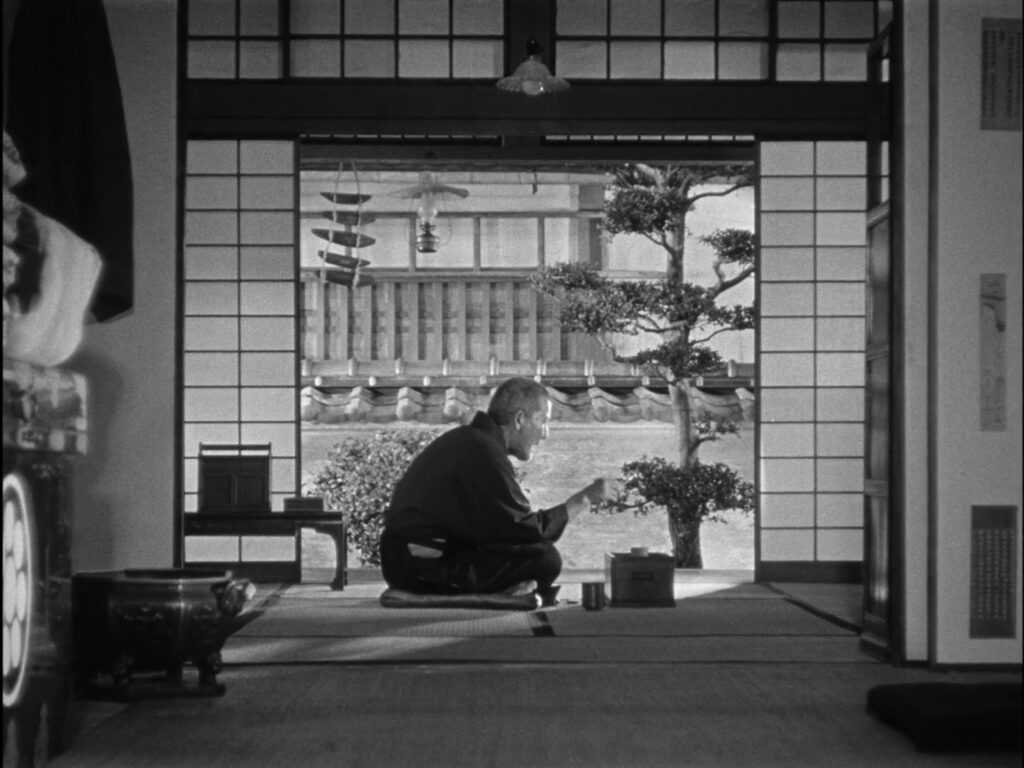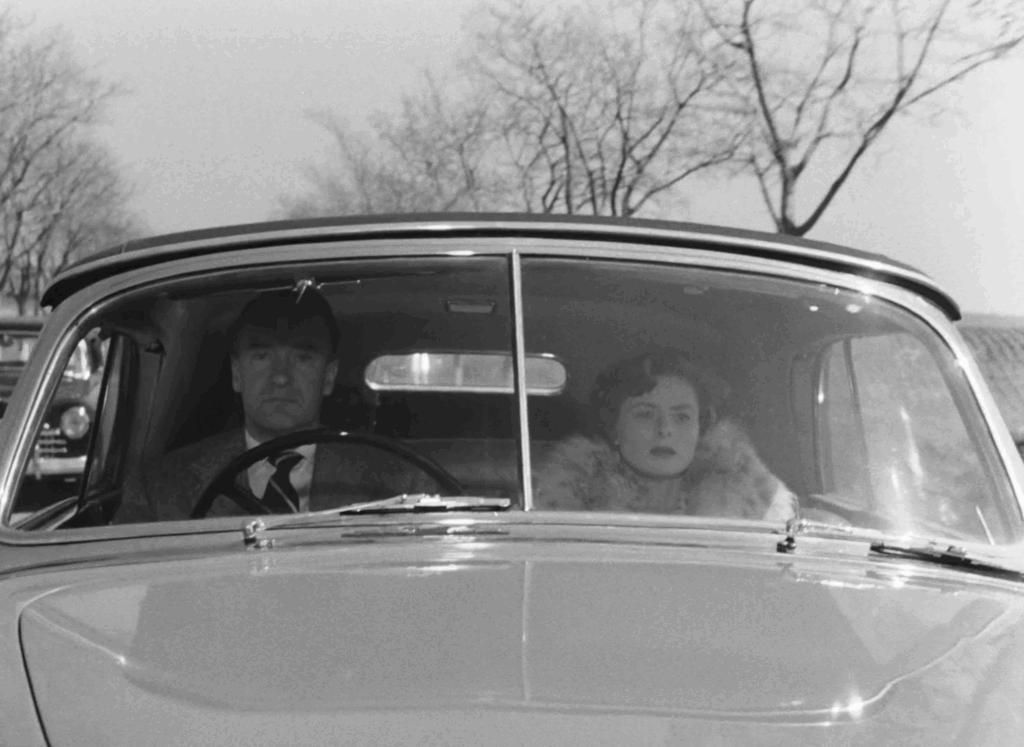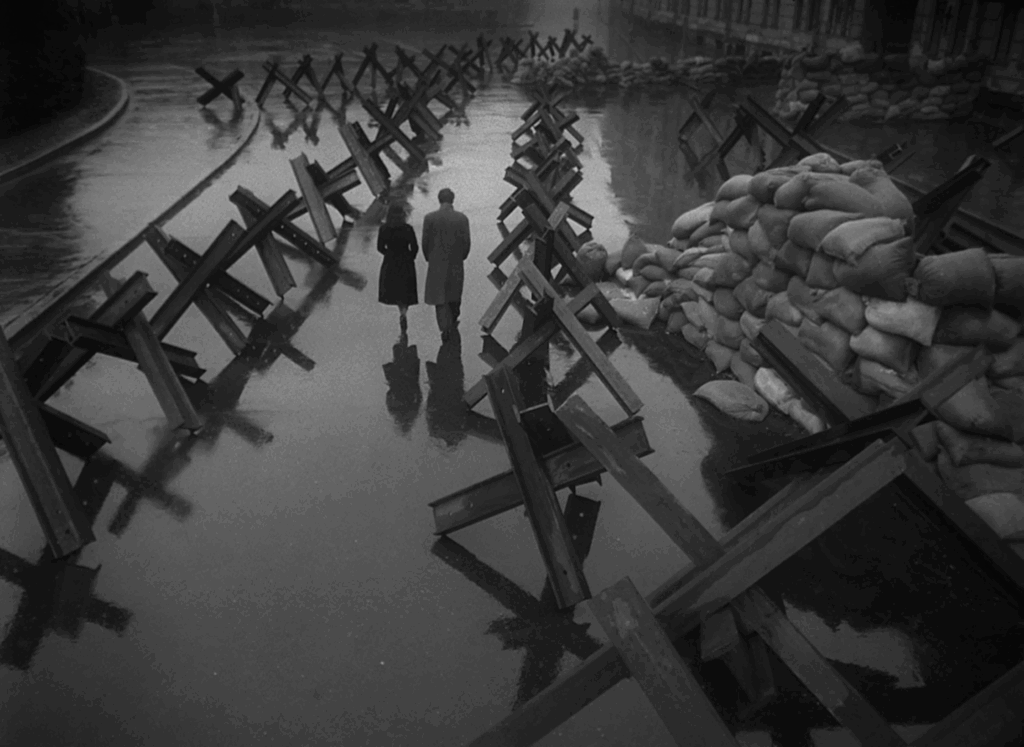Floating Weeds (1959)
It might seem redundant for such a formally consistent director to remake an early success, yet Floating Weeds stands as a powerful testament to Yasujirō Ozu’s artistic evolution over the decades, imbuing this fable of fading relevance and fractured families with an elegant, melancholy maturity.

